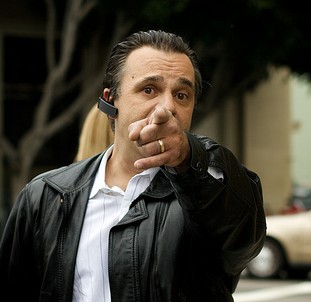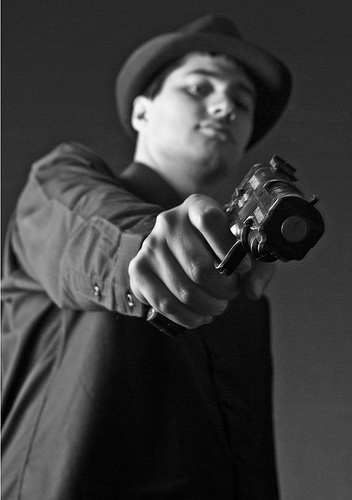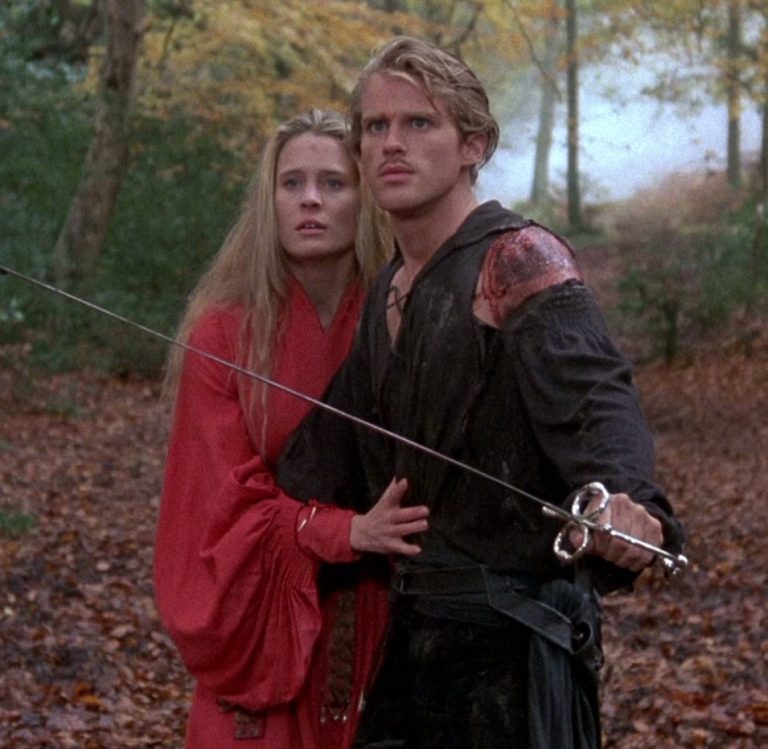Getting to Know Your Protagonist
Today’s guest post is by Steven-John Tait.
If you’ve ever struggled to get under the skin of your protagonist, don’t lose hope. This post tells how mine went from a protagonist I couldn’t relate to to someone so real to me that I felt guilty about finishing the novel and therefore his existence.
Here’s my experience from initial inspiration to the creative processes I used, and my eventual breakthrough and tips you can apply to your own work.
On vacation in a town in North Brazil, I was drinking a beer at one of many beachside bars, when I noticed a haggard man walking between the tables and chairs trying to catch anyone’s eye. It was obvious he was looking for someone to take advantage of. Nobody returned his gaze except me.
He sat down across from me and asked the waiter for a beer and a cachaça. The waiter looked to me for approval because we both knew that I’d be the one paying. I couldn’t understand much of what my guest said because my Portuguese hardly gets me from A to B, but he interested me, as did the faded tattoos over his arms and the white lines he’d drawn on himself using acid from cashew nut shells.
Here I was on the other side of the world, drinking beer with someone I’d never otherwise have met. I’d been looking for this since I set the goal of writing a novel. Here was my protagonist, and this town would be the setting. From then on I couldn’t think of one without the other.
I returned home, and having found the initial spark sat down to write the novel, but I had a problem: my protagonist.
I was trying to get started in first person but didn’t know how to think like the protagonist. Our lives were too different. How was I, a comfortable man from Scotland with a steady job and a cosy apartment supposed to get in the head of a homeless South American living hand-to-mouth and taking advantage of people for free drinks?
After a few disheartening pages of struggle, I put the pen down and did the housework, which gains a new level of importance when you’re trying to write.
Having washed and ironed and vacuumed as much as I could bear, I sat down to try a different tack. I began to write about myself writing the novel, similar to the narrative style in The Hour of the Star by Clarice Lispector. This helped me visualise the barriers within myself that prevented me from getting into the mind of the protagonist. It got me asking more questions and allowed a little progress, but I wasn’t nearly at the point where I needed to be.
Putting the pen aside once more, I went for a walk to clear my head and stop thinking about the problem. As many readers will know, the answers often arrive when we’re not consciously thinking of the problem.
Back in the chair, I stopped writing in first person, deciding instead on close third person. I couldn’t get it right. The words write what you know were sounding off in my head. I had nothing in common with this guy, I was going in the wrong direction, this novel was never going to work.
All in all I had I written a dozen or so pages about the protagonist, whom I’d named Bruno, who was wandering around town like a stray dog scavenging food, stealing from shops, and tricking people. I had created a protagonist that no reader could empathise with.
Then the breakthrough came. I saw the Haunting Homeless portrait series by Lee Jeffries, and everything became clear. I realised I had been stuck on the surface image of the man I had met, and the questions I had been asking were leading me to imagine his backstory instead of creating a life for a protagonist inspired by his image. I had been seeing what everyone else saw—all those people who refused to make eye contact with the guy—and this alone came out in my protagonist.
Jeffries’s photos forced me to see the life and character within his subjects, people just like the man I had met in Brazil, and it filled me with empathy. In finding my empathy for these people, I was able to disregard the surface image of the man I met and go straight to the heart of my protagonist.
I started to ask more probing questions about his past, his character: Who had he been? How did he end up in his current location? and Why was he there? These basic writing questions are always important to consider and answer.
Who? What? When? Where? Why? When? How?
By asking the right questions I was able to fill in the backstory for Bruno, who became so real to me that I feel strange saying I created him, and really get to know the who, why, and how about him. In adding my knowledge of the protagonist to the setting, I was able to do two things: let him walk in his own shoes and build a story around him.
What I learned and you could consider:
- Experiment with different points of view and tenses to help achieve a deeper understanding of a protagonist.
- Find empathy. If you can empathise with a character, you can get into their head. Once you’re in their head, you can fill in the blanks.
- Exercise objectivity to help find empathy. Try to see things from other peoples’ perspectives and also look at yourself in real time: What are you trying to achieve here? Why did you just do that? What are you angry about right now?
- Do your research. I left my second draft three-quarters complete because I didn’t know my major characters well enough. For the next few months I researched: I read the books I associated with them. I learned more about the skills they had and where they were from. I answered questionnaires in their voices. For each major character I had a notice board on which I pinned photographs and clippings of anything I linked to them.
- Mapping out your protagonist’s backstory is not a waste of time. I ended up using it in my final novel, but my true purpose was to understand him better. I picked up my protagonist at a brief moment in his life and led him from there. Who was I to take him in any direction when I didn’t know where he’d been?
- Don’t be a clenched muscle, all focus and knitted brows until your brain bursts. Relax, stretch out, and as a sponge soaks up water, you’ll take in your surroundings and let the answers come to you.
 Steven-John Tait is a writer from Scotland. He is a frequent traveler and a lover of classic and contemporary literature. His book titled Vagabundo will be released in autumn. His dream is to fit his whole life in a carry-on bag. Connect with Steven-John at his website.
Steven-John Tait is a writer from Scotland. He is a frequent traveler and a lover of classic and contemporary literature. His book titled Vagabundo will be released in autumn. His dream is to fit his whole life in a carry-on bag. Connect with Steven-John at his website.












This was insightful, thanks. My current WIP’s protagonist is a man. I’m a woman, so I do worry about getting him right. This was helpful, thanks again.
Thanks for the comment, Priscilla.
I’m glad you go something from it.
I’m currently looking to Myers Briggs / Jung typology to see how it can help me with my characterisation.
All the best.
It’s nice to see I’m not the only one. I must know my characters before getting them into trouble. Thanks for sharing this.
Two years ago I came up with a plot that I liked. I drew out the side characters, the cause of action and created the worlds greatest ending. All I needed was Hollywood to call along with the greatest publishing company ever. Yes, I was a tad full of myself. Lesson learned.
I had one tiny problem: I hadn’t a clue who the protagonist was and when I finally wrote him he was boring as hell. I submitted the first draft to my writers group and on line group. Everyone fell asleep.
Admitting defeat I stuck it on the shelf promising I would figure it out. Last year my editor and I finished up my first novel. Not long after we finished she said to me that my real novel was the one I stuck on the shelf. Take it down, she said, and figure out who that man is.
On New Years day I sat down with him. Fast forward two months later we’re old friends. What you wrote is excellent advice. Make sure you know these people. If not than the reader will see right through it.
Huge Thanks!